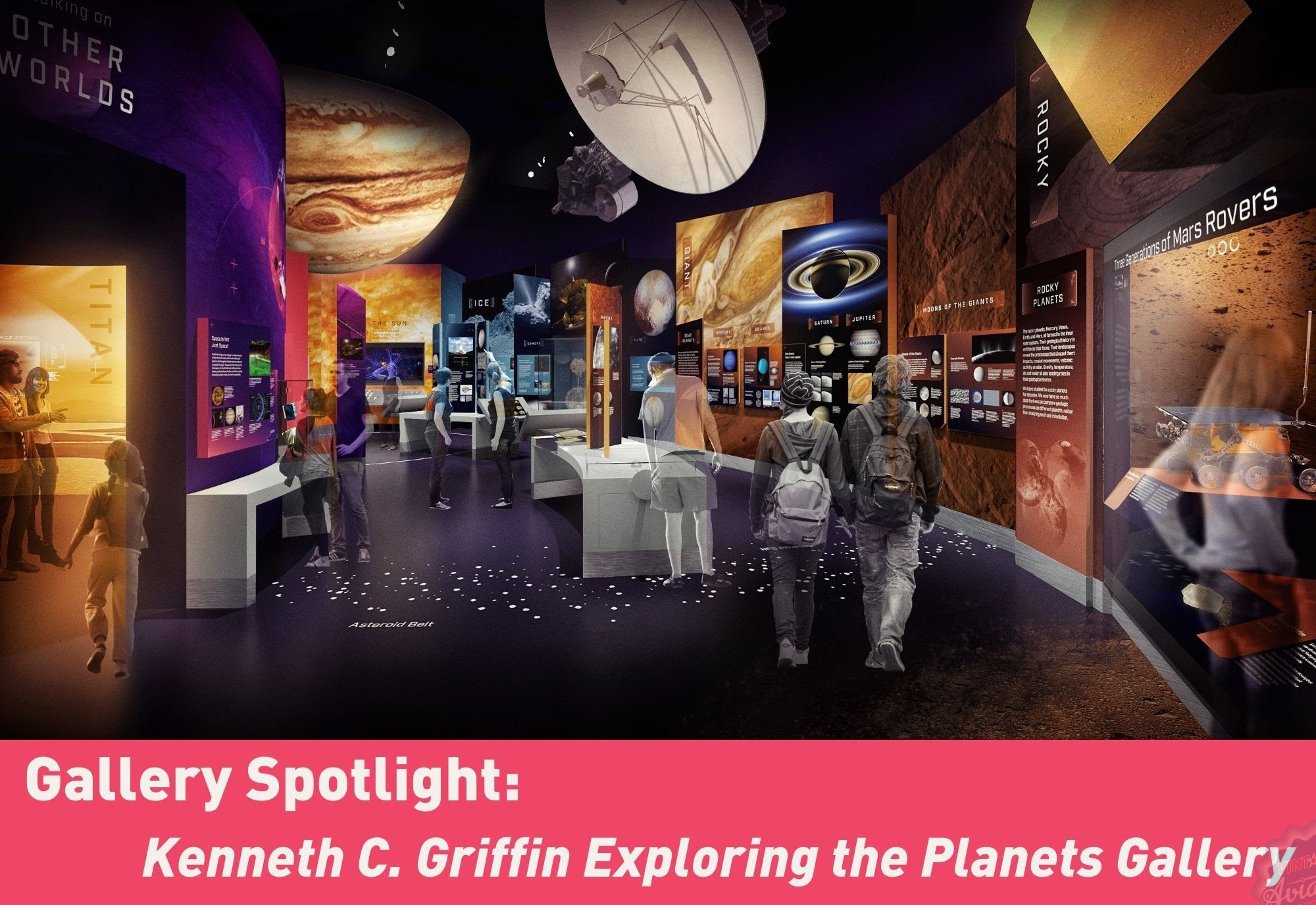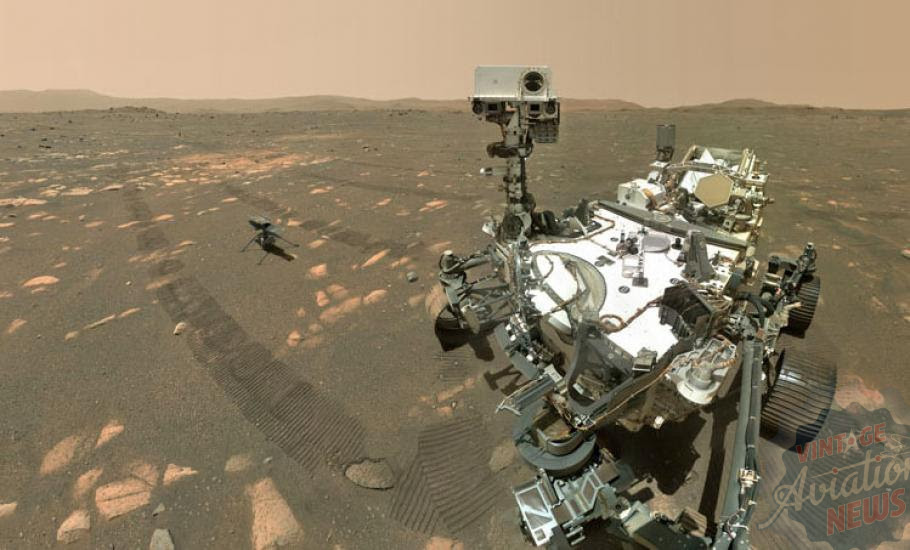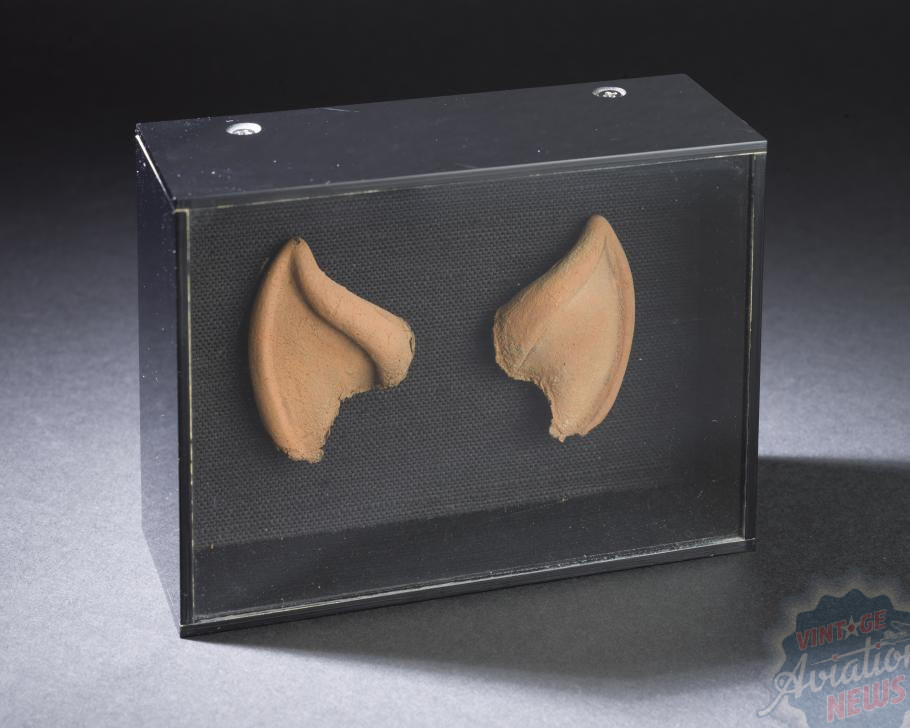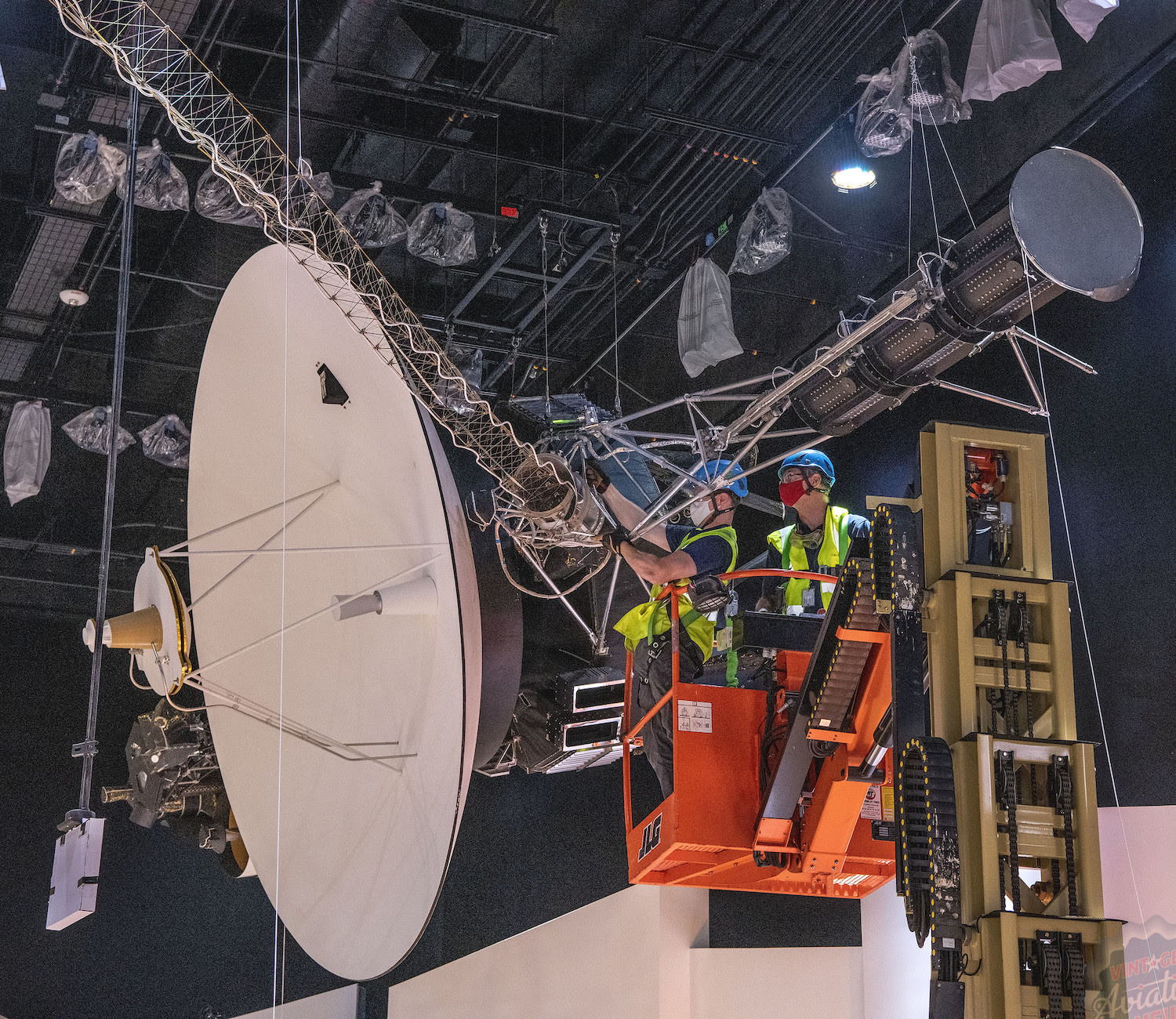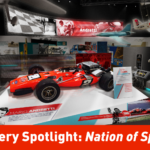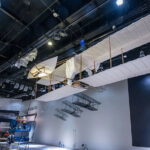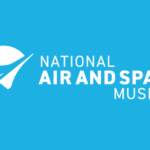The National Air and Space Museum has been undergoing a technological transformation of the museum’s galleries and public spaces, including the creation of new interactive experiences to inspire visitors, students, teachers, and families. In the summer of 2021, the Smithsonian received a $200 million donation from Jeff Bezos, founder and executive chair of Amazon, and founder of aerospace and space flight company Blue Origin. The donation is the largest gift to the Smithsonian since the Institution’s founding gift from James Smithson in 1846. A $70 million portion of the donation will support the renovation of the National Air and Space Museum and $130 million will launch a new education center at the museum.
The museum is planning to open eight new galleries later this year, throughout the summer the museum will be highlighting each new exhibition with Spotlight Weeks. For the first Spotlight Week, we are going back to the airplane that started it all.
This week, the museum is spotlighting our upcoming Kenneth C. Griffin Exploring the Planets Gallery. This reimagined version of our popular planetary science exhibition will probe the science and history of our exploration of planets and moons in our solar system and beyond. The exhibition will tell the stories of the diversity of worlds circling our Sun, organized from the outside in, emphasizing the three distinct types of worlds—small icy bodies, giant planets, and rocky planets — in our solar system. Read on to explore stories and artifacts featured in the exhibition and to get a behind-the-scenes look at work being done in the gallery.
Person Spotlight: Clyde Tombaugh
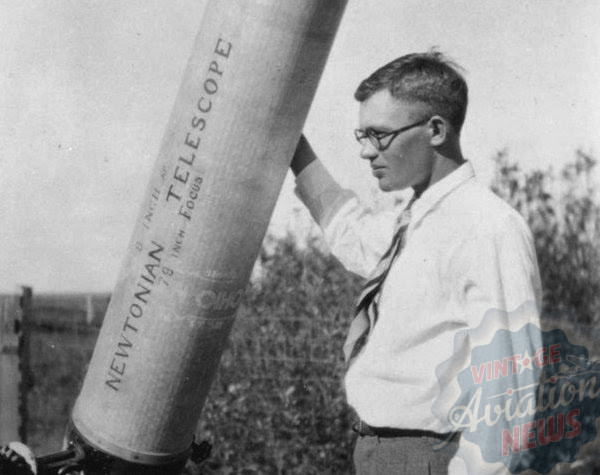
In 1930, a 24-year-old astronomer at the Lowell Observatory named Clyde Tombaugh made the discovery of his lifetime: a ninth planet (since reclassified as a dwarf planet), which he called Pluto. To find Pluto, Tombaugh used a blink comparator, switching the view back and forth between two photographic plates taken several days apart. The plates were exactly aligned so the distant stars remain stationary, but a planet-like object (like Pluto!) will appear to move from side to side among them. The blink comparator and Pluto discovery plate will be on display in Griffin Exploring the Planets.
Story Spotlight: Exploring the Red Planet with Robots
We’ve been exploring the Red Planet robotically for almost half a century. In a new blog, the museum takes a look back at the landers, rovers, and helicopter that have explored Mars, and share some of what we’ve learned from them. Read the blog.
Artifact Spotlight: Mr. Spock Ear Tips
Since the earliest days of science fiction, we have imagined our own answers to the question, “Is there life elsewhere in the universe?” This new exhibition will explore our cultural imagination about possible life on other planets, including these Mr. Spock ear tips that Leonard Nimoy brought home from the Star Trek set in the 1960s. Nimoy used ear tips like these to transform into the half-human half-Vulcan Mr. Spock. The ear tips joined the museum’s collection last year and will be displayed in a box built by Nimoy himself. Discover the story behind the iconic ears of Mr. Spock.
Behind the Scenes Spotlight: Installing Voyager
If you are interested in supporting the National Air and Space Museum, CLICK HERE. Your donation will help fund exhibitions, educational programming, and preservation efforts.







